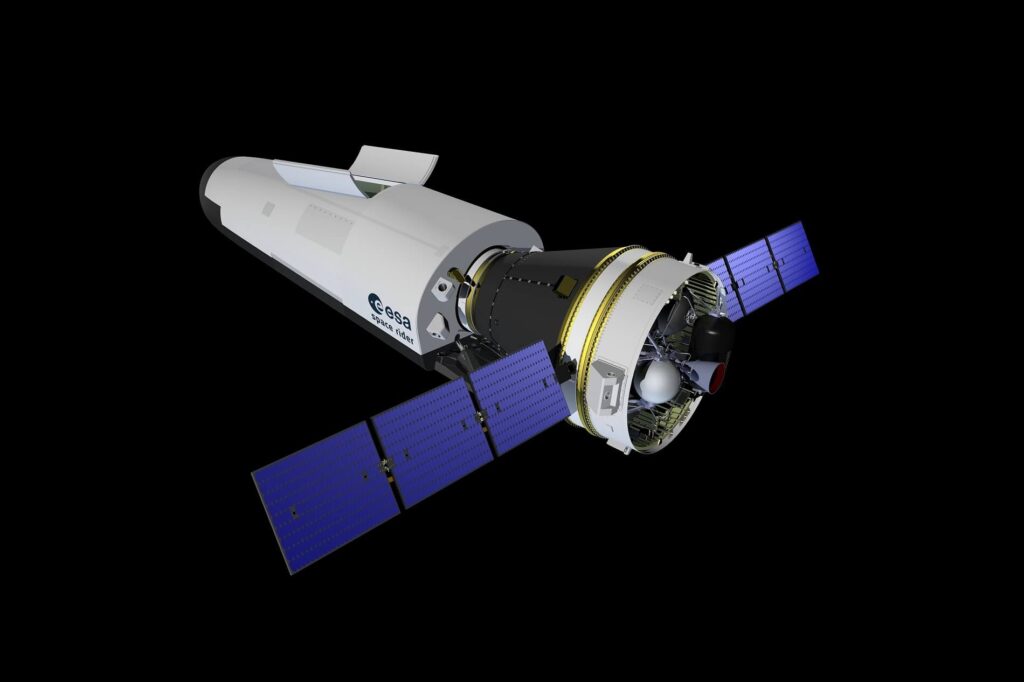The European Space Agency (ESA) signed two contracts for the construction of a reusable space shuttle called Space Rider. The agency plans the first launch in low orbit for 2023.
A contract of €167 million for the development of the shuttle was signed on December 9, 2020. The French-Italian Thales Alenia Space and the Italian Avio will together develop Space Rider, a small unmanned space shuttle.
About 10 meters (32 feet) long and 2.5 tons heavy, the spacecraft will serve as a laboratory for research in orbit. In order to do so, Space Rider will be able to stay in orbit for up to two months and return to land on Earth with an accuracy of 150 meters (500 feet). It will be able to embark 800 kilograms of customer payloads.
Among the applications, the ESA mentions experiments in microgravity for pharmaceutical and biological research, tests of robotic technologies for space exploration, instruments for observing the Earth, disaster monitoring, and for inspecting satellites. Most importantly, it will give the ESA crucial knowledge in atmospheric reentry and reuse technologies, which could open opportunities for European manned flight missions in the future.
“These are major developments that will extend European know-how across a wide range of applications” explains Giorgio Tumino, the Chief Technical Advisor for Space Transportation and Head of Vega-C and Space Rider developments at ESA.
The program marks a new milestone in European space capabilities, 28 years after the space shuttle Hermès project was canceled. The first launch, aboard Arianespace’s Vega C rocket, is due to take place in Kourou Space Center, French Guiana, during the third quarter of 2023.
